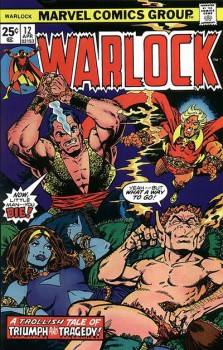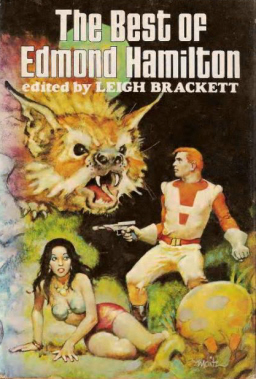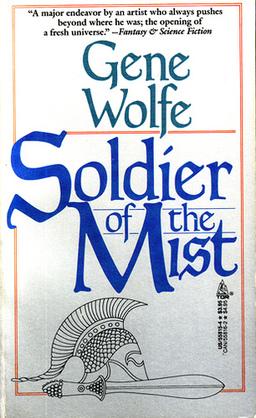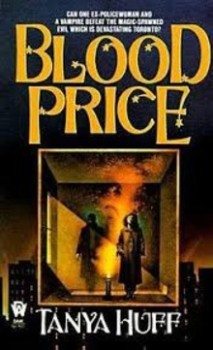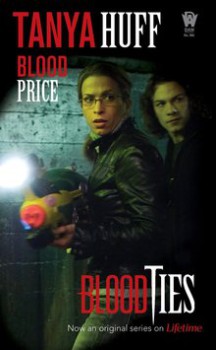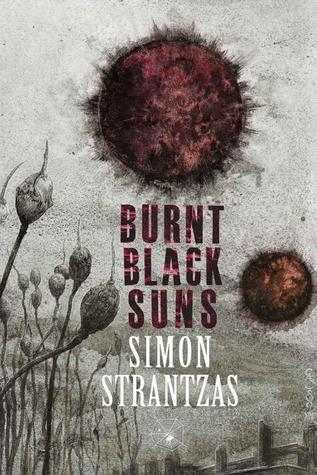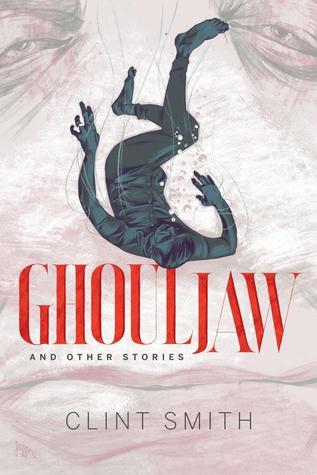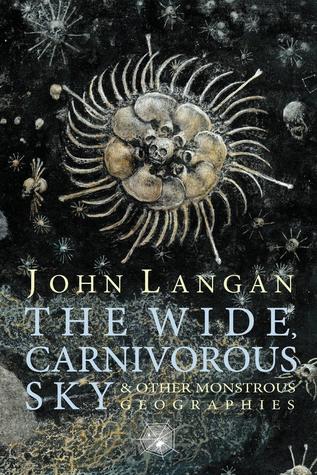How I Discovered David Drake by Accident: Confusion, Redliners, and Why I’m Glad I Made a Mistake

Back in 2007, when I was getting ready to attend my first World Fantasy Convention in Saratoga Springs, New York, I was trying to remember a book.
I’d read it years earlier: a science-fiction thriller about colonists who unwisely set down on an alien planet with an environment so hostile that their top high-tech special forces are about as equipped to handle it as the Kardashian sisters if they were dropped onto the beaches of Normandy on D-Day. The planet is lush, tropical: at first blush very inviting, having all the necessary elements for survival. Only one problem: evolution on this planet has followed a very lethal trajectory, developing predators that would make our own Earthly alpha predators – tigers, sharks – seem like domesticated pets in comparison. The bottom of the food chain on this planet would eat the top of our food chain for a quick snack. A seemingly innocuous, pretty flower is likely concealing fly-trap jaws full of acid. If you get ten yards in this jungle environment still in possession of most of your limbs, you count your lucky stars that you’re still alive.
So. What was that book? Obviously, I turned to Google. And engaged in a pursuit most of us have at one time or another: search for a book without knowing the title or the author, hoping that I could locate the elusive text with the right combination of key words.


